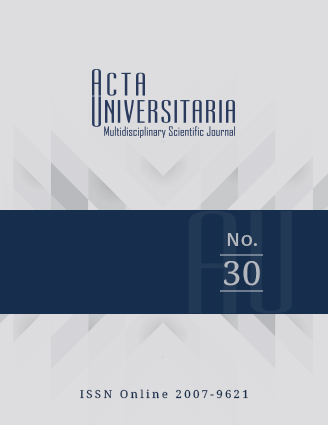Cardiorespiratory and musculoskeletal fitness show a moderately significant relationship with blood pressure, body composition and glycemia in Mexican adolescents
Published 2020-08-12
How to Cite
Abstract
According to reports, cardiorespiratory fitness (CRF) and skeletal muscle fitness (SMF) show deterioration among the adolescent population due to sedentary lifestyle. This study sought to establish the relationship between the level of CRF and SMF with the health indicators systemic blood pressure (SBP), blood glucose (Glu) and body fat; in adolescents aged 15 to 18 years. A total of 44 men and 60 women studying high school from Colima, Mexico, participated in the study (17.1 ± 1.2 years of age). The CRF was evaluated using Tecumseh protocol, and SMF was assessed with dynamometry to determine the maximum voluntary isometric tension in three exercises: knee extension, elbow extension and elbow flexion, adjusted to the muscle cross-sectional area. Regression analysis and curvilinear estimation indicated that the level of CRF and SMF have a moderate and significant association with health-friendly body fat and muscle mass. In men, the SBP presented an inverse association with CRF and SMF.


